The study explores solutions to protect Uncrewed Ground Vehicles (UGVs) and ensure high levels of mobility, survivability and mission availability.
The Defence Science and Technology Laboratory (Dstl) has initiated a study into future Uncrewed Ground Vehicle concepts to explore cost effective solutions to protect UGVs from threat and provide specific armour and technology that will “ensure high levels of mobility, survivability and mission availability to support crewed platforms in battlefield warfare”.
According to a news release:
“The work has been carried out in conjunction with a consortium led by RBSL with Prodrive, ARKE, ThinkCreative, Cranfield University and BAE Systems as key partners, and was announced at the 2021 Defence and Security Equipment International (DSEI) trade exhibition. The concept study has focused on 2 timescales: the near term which addresses solutions that could be realised using currently available or mature technologies, and the longer term looking at technologies that are likely to be available 10 years or further ahead. The focus has been on medium weight platforms, around 2 to 5 tonnes, which have been the subject of a lot of interest due to the useful payloads they can carry.”
Dstl’s Matt Ackroyd is the project lead and was quoted as saying:
“When Uncrewed Ground Vehicles were first fielded it was usually for dangerous tasks such as deactivating or destroying Improvised Explosive Devices with the goal of removing the operators from harm’s way and accepting the device itself was at risk of damage or destruction. As thinking on the use of UGVs evolved the focus moved to so called ‘Dull, Dirty and Dangerous’ tasks such as route proving, contaminated ground reconnaissance and decontamination.
Today the trend is towards the use of UGVs as platforms for key combat capabilities such as resupply, casualty evacuation, reconnaissance, weapons platforms, decoys and communication nodes. Therefore UGVs are becoming core elements of a deployed capability and will be carrying expensive assets. If they are to support missions across the full spectrum of operations they must be able to fully protect and keep station with the crewed platforms they support.”
The Ministry of Defence say that in order to meet the demanding, and conflicting requirements, novel modular concepts have been developed which would allow platforms to be configured in theatre to meet specific mission requirements.
In order to meet the mobility requirements and enable the smaller UGV platforms to keep station with larger crewed platforms, novel wheel and tracked suspension systems have been designed and modelled.
Dan continued:
“This is very exciting work. As well as enhancing mobility the novel suspension systems significantly improve the ride and hence improve reliability and provide a stable sensor and weapon platform. The use of armour protection for key components and enhanced signature management systems to exploit the benefits of the small platform size have been explored along with weight and cost effective means to provide robustness, redundancy and fall back modes.”
The concepts are now being benchmarked against the performance of best in class current UGVs and their operational use explored in synthetic environment based experimentation.


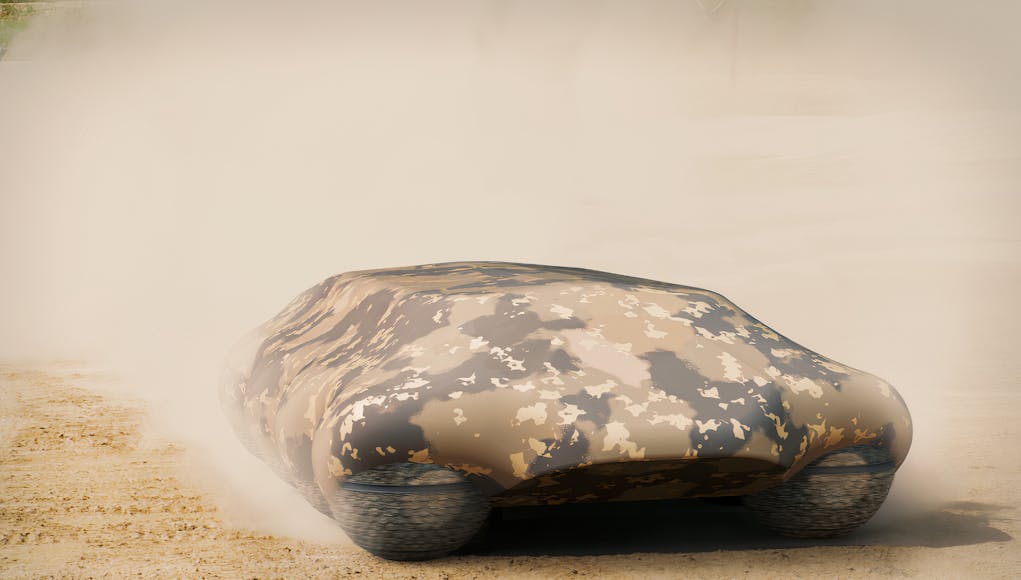
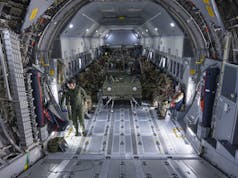
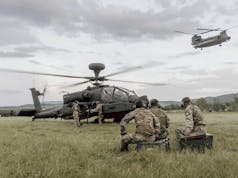
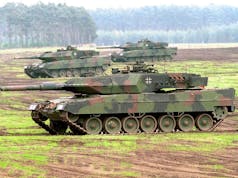





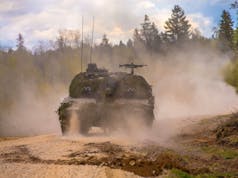

Could be useful force multipliers, let’s just hope the Army get it right this time
That could solve the Ajax problem, take the crew out.
Interestingly the Russians have been operating similar concepts in their recent manoeuvres in particular as tank destroyers, though I guess we are a little too pc to ‘name’ that sort of functionality in robot vehicles. Just hope they aren’t ignoring it mind, pc doesn’t tend to work too well on the battlefield sadly.
Ajax is already ‘taking the crew out’ – most of them are now in the sick bay!
Thing is we’re hearing about a lot of stuff at DSEI. Let’s just hope we get at least some of the kit being offered…
I suspect it’s going to be some time before we see land based drones in front service. The key question that hasn’t been answered is the supply chain, how do you keep a drone operating on its own supplied with power/ammo. Then there is Comms, how do you realistically keep communication channels open in a real life combat zone, where radios tends to get blocked by stuff or even jammed. We are still a long way off AI being able to identify friend/fo/civilian and/or rules of engagement without human intervention.
I guess the only thing drones could do are things that could not endanger friendly/civilian targets. For example, advance recon would be suitable, however again for more detailed recon a person would be necessary (at least I think) because a UGV likely would not be capable of focusing on what may be important. Transport and logistics I think should be fully automated; no more trucks or excessive loads carried by hand. Similarly, I think air defences should be mounted on UGVs; if we are able to network our F-35s with each other I’m sure it would be possible to prevent sky sabre (or whatever they mount on the UGV) from shooting at our own jets.
Interesting about comms I would have thought that to be a real threat but then I have to wonder how the Azerbaijanis/Turks managed to keep their flying drones (surely an easier target) free from such interference as they took out sophisticated Russian missile defences along with huge numbers of tanks and artillery. They even seemed able to dodge the odd interceptor missile.
Any armoured vehicles at this time would be nice, unmanned or manned!
spot on, pretty much sums up the whole situation in regards to land vehicles procurement. rather than looking at this let sort out the issues we have now
looks like a Jaguar design 😉
The above fits in with this story i read a few days ago:
https://www.defensenews.com/industry/techwatch/2021/09/10/israeli-british-firms-to-deliver-unmanned-vehicles-for-uk-experimental-program/
Iv just this evening commented on the the smooth bore barrels production starts post saying just this. That maybe the reason why so few chally3’s being upgraded is because of this.
Only a few Challys being upgraded to save money. Nothing to do with barrel manufacture.
It will come out with front and rear wheels, a central half track, vibrate so much that it can’t fire accurately on the move and for some reason will always stop dead when it detects a tree over 6 feet tall. A spokesperson said that all trials have stopped until the issues are discussed with the system provider but confidence is high that the delay to service entry will not be at the ‘extreme’ end of the predicted timescales.
Looks good and winner would solve the ajax problem and with all this new equipment coming Drome fighter tempest new ships where the money coming from and will we get it or is it just hot air
I worked at RARDE in the late 80s and we produced a large variety of UGV technology demonstrators of all weight categories, both tracked and wheeled, both tele-operated and autonomous. We were at least a decade ahead of civilian R&D, if not more. The army had virtually no interest. [Germany introduced the Goliath UGV in 1942].
I hope things have changed now.
The UK always seems to be ‘looking at’ but rarely doing anything, China on the other hand seems to realise the worth of experimental tech and actually has a go at making them.